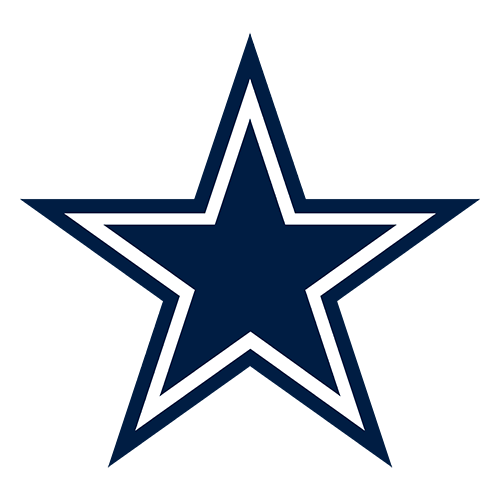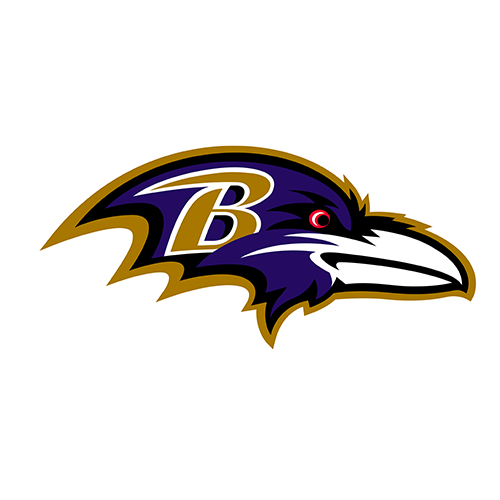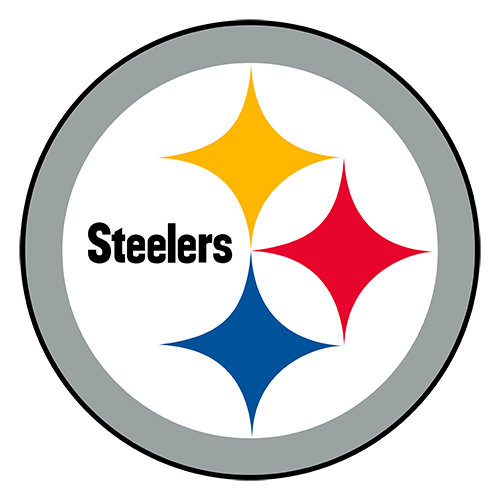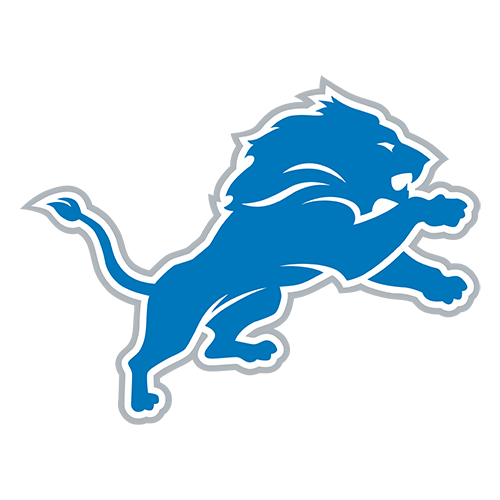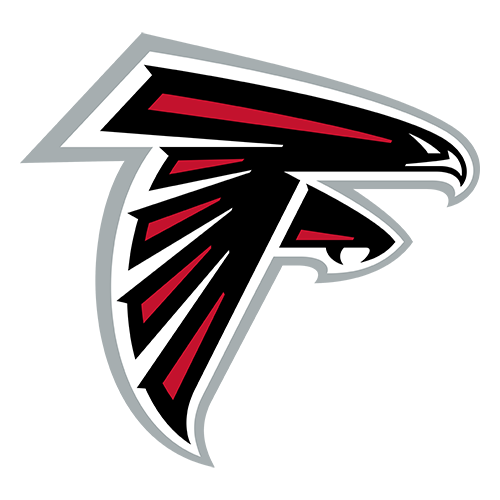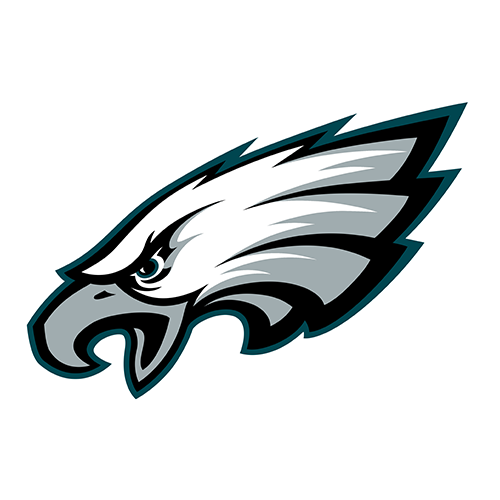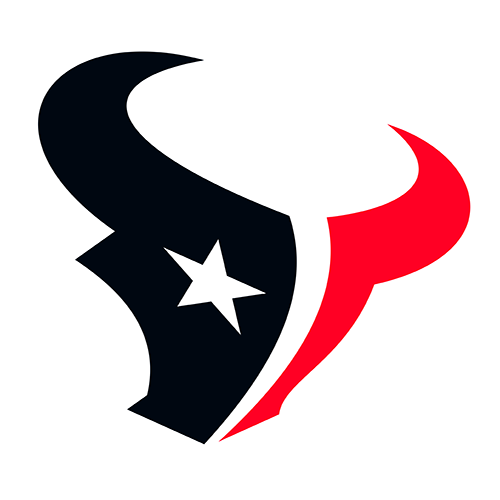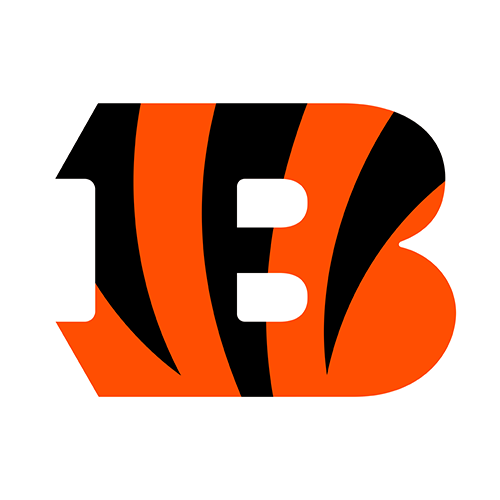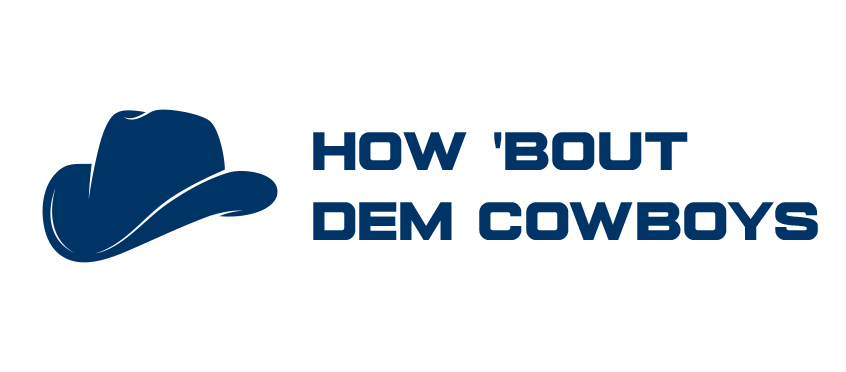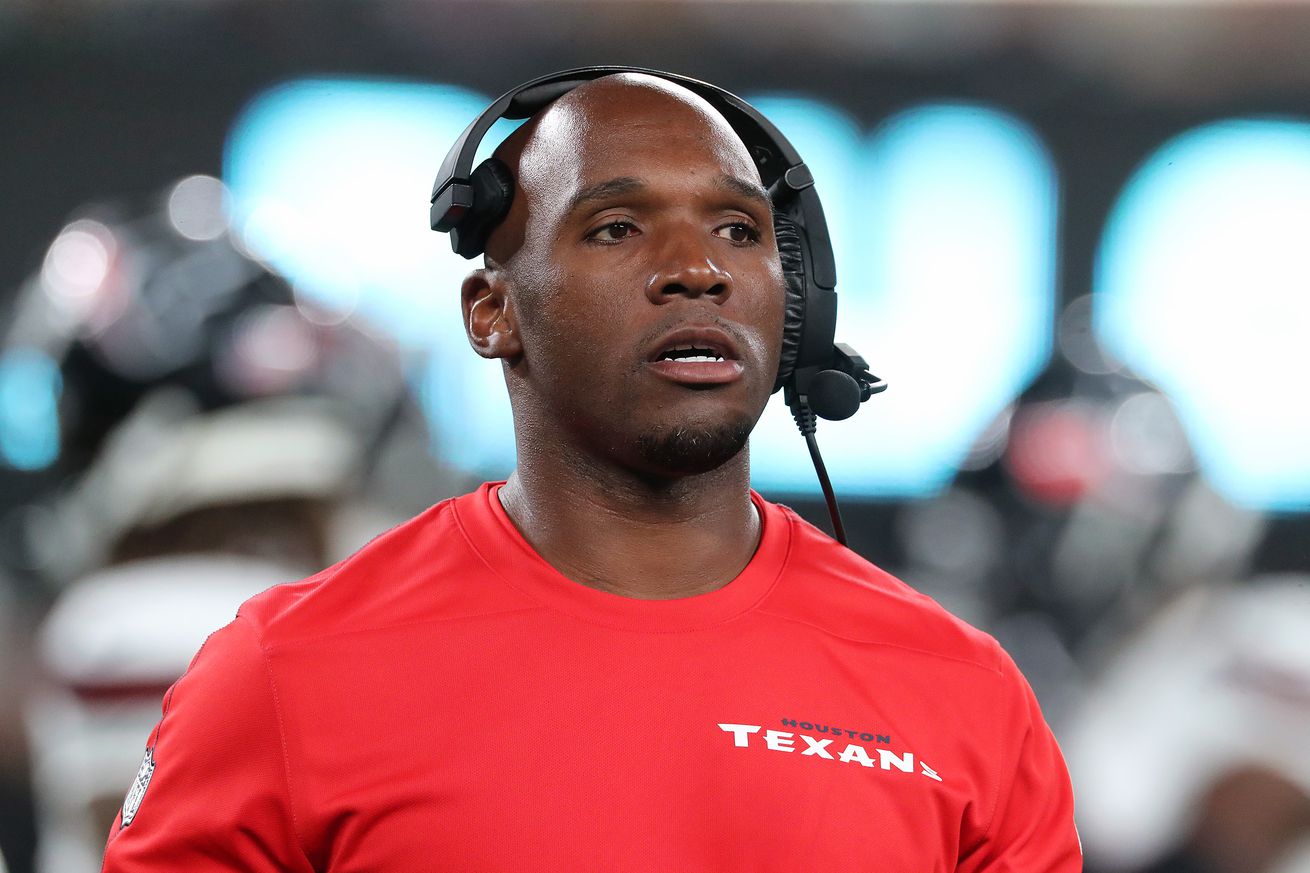
Houston will be quite the challenge
One overlooked aspect of the Cowboys’ most recent iteration of their rivalry with the 49ers was just how dominant the San Francisco defense had become. Much of that had been led by then coordinator DeMeco Ryans, who called defensive plays against the Cowboys in each of their two playoff losses to the 49ers.
Last year, Ryans left San Francisco for the head role with the Texans, the team that drafted him back in 2006 when he won Defensive Rookie of the Year. Ryans hired Matt Burke as his defensive coordinator and brought Cory Undlin from San Francisco to be his pass game coordinator, but Ryans still calls the plays. Those two have been instrumental in Ryans recreating the same lethal defense that got the best of Dallas in two straight playoff games.
Ryans did not invent the 49ers’ defensive scheme, though he did help perfect it. Ryans began his coaching career as a defensive quality control coach with the 49ers in Kyle Shanahan’s inaugural staff in 2017. A year later, he was promoted to linebackers coach, where he helped oversee the rapid development of both Fred Warner and Dre Greenlaw.
Ryans was there when Robert Saleh tweaked the scheme away from the traditional Legion of Boom style he had cut his teeth in and pivoted towards a mix of the Wide 9 defensive front schemes and the Vic Fangio style of two deep safety shells. And Ryans ensured the linebackers tied it all together. So when Saleh left for the Jets head coaching job, Ryans was the obvious choice to succeed him.
Under Ryans’ leadership, the 49ers defense took off in a way it hadn’t under Saleh and hasn’t returned to since Ryans left. His scheme is fundamentally identical to what Saleh and others have run in the past – primarily rush just four and play tight, constricted zone coverage that suffocates throwing lanes – but the way Ryans achieves it is what makes it so unique.
The use of Wide 9 alignments upfront wreaks havoc on offensive lines. In San Francisco, this approach had been instilled by defensive line coach Kris Kocurek, who had implemented the same approach with the Lions under both Jim Schwartz and Jim Caldwell to great success. Ryans then hired Burke in Houston precisely because of his familiarity with the scheme; Burke had coached alongside Kocurek in both Detroit and later with the Dolphins.
By spreading the defensive line way out in the Wide 9 alignment, it forces offensive linemen to stretch horizontally as well. This often results in tackles being left on an island, which frees up for creative stunts and blitzes up the middle in addition to edge rushers having more room to try and beat the tackle. That was a big reason why the Texans traded up in Ryans’ first year to draft Will Anderson, a star edge rusher from Alabama who went on to win Defensive Rookie of the Year last season. This year, they signed Vikings superstar Danielle Hunter to pair with Anderson.
On the back end, Ryans has retained the 49ers’ signature penchant for operating out of two deep safety shells, though he frequently utilizes disguised coverages and rotates safeties after the snap to play a wide variety of zone coverages. Undlin, who followed him from San Francisco, has long majored in this practice, dating back to his days with the Patriots, as well as spending three seasons under Jim Schwartz in Philadelphia.
With the 49ers, Ryans used a lot of zone coverage and frequently used safety Talanoa Hufanga as an enforcer in the middle of the field, routinely dropping him into the box. In Houston, he inherited Jalen Pitre, who is a different player but offers similar physicality. Ryans also brought in 49ers veteran Jimmie Ward, who actually predated Ryans in San Francisco, to be Pitre’s running mate. Together with 2022 third-overall pick Derek Stingley Jr. and current second-round rookie Kamari Lassiter, the Texans have built a physical secondary to carry out Ryans’ diverse coverage schemes.
Ryans’ second year in Houston is yielding some great results so far. The Texans rank ninth in EPA/play and second in defensive DVOA. Only three teams are giving up fewer passing yards per game. Their pass rush leads the league in pressure rate and is seventh in sacks. Hunter currently ranks eighth in the league in pressures while Anderson, who will miss the game with an injury, is 16th in pressures while still leading the team in sacks with eight. Only two teams have posted a positive EPA/dropback against this secondary, which is tied for the second-most interceptions in the NFL.
None of this is good news for the Cowboys, whose offense hasn’t scored a touchdown in AT&T Stadium since September 22 against the Ravens. They’re also coming off a game in which Cooper Rush averaged a paltry two yards per attempt. That was against an Eagles defense that functions fairly similar to the Texans, with Houston slightly outpacing them in production.
Ryans has a history of punking these Cowboys offenses, and this figures to be his easiest matchup against them yet. Simply put, Dallas is not capable of scoring in bunches right now, and they don’t have the capability to stretch this defense out the way teams have to in order to have success. This should be another tough day facing off against Ryans, even if the uniforms have changed.
